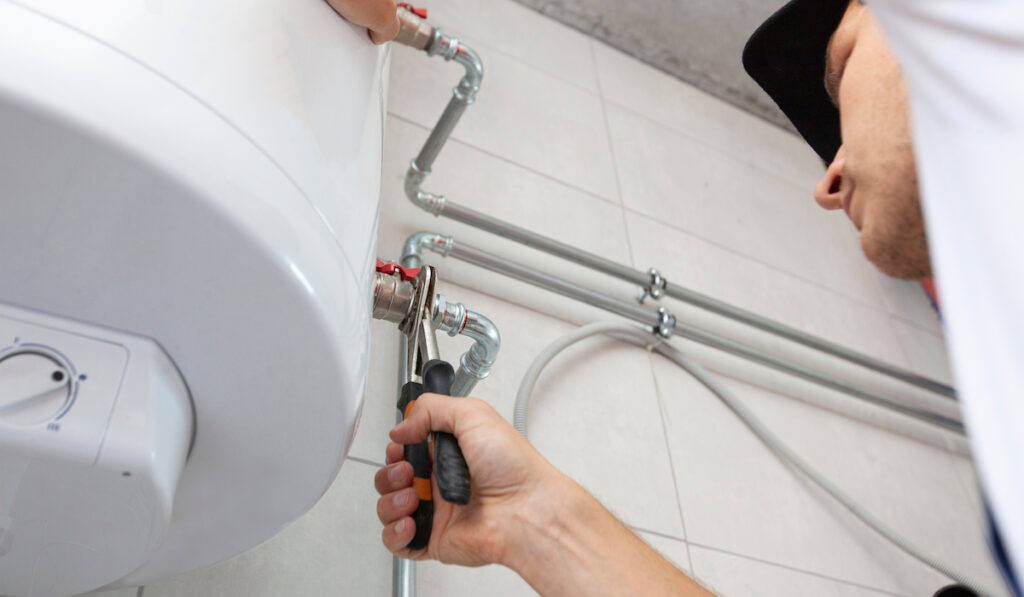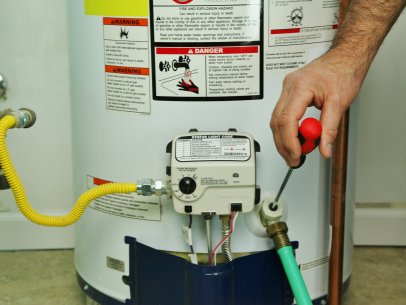What are your ideas on Water Heater Maintenance Tips You Can't Afford to Forget?

Warm water is necessary for everyday comfort, whether it's for a revitalizing shower or washing dishes. To guarantee your warm water system runs efficiently and lasts much longer, routine maintenance is vital. This short article provides functional pointers and insights on just how to preserve your home's warm water system to prevent disruptions and expensive fixings.
Introduction
Keeping your home's hot water system may seem overwhelming, however with a couple of straightforward steps, you can guarantee it operates efficiently for years to find. This guide covers whatever from comprehending your hot water system to do it yourself maintenance pointers and understanding when to call in specialist assistance.
Relevance of Preserving Your Warm Water System
Routine maintenance not just extends the life expectancy of your hot water system yet additionally ensures it runs successfully. Neglecting upkeep can result in decreased effectiveness, higher power bills, and even early failure of the system.
Indications Your Warm Water System Requirements Upkeep
Understanding when your hot water system needs interest can prevent major problems. Keep an eye out for signs such as irregular water temperature, odd sounds from the heating system, or rustic water.
Understanding Your Warm Water System
Prior to diving into upkeep jobs, it's valuable to understand the standard components of your hot water system. Typically, this includes the hot water heater itself, pipelines, anode rods, and temperature level controls.
Regular Monthly Upkeep Tasks
Regular regular monthly checks can aid capture minor problems prior to they rise.
Flushing the Water Heater
Purging your hot water heater gets rid of sediment accumulation, enhancing performance and prolonging its life.
Checking and Replacing Anode Rods
Anode rods avoid rust inside the container. Inspecting and replacing them when worn is crucial.
Examining and Changing Temperature Level Setups
Readjusting the temperature level settings makes sure optimum performance and security.
DIY Tips for Maintenance
You can do numerous upkeep jobs on your own to maintain your warm water system in leading problem.
Looking for Leakages
On a regular basis inspect pipes and links for leakages, as these can cause water damage and greater costs.
Examining Pressure Alleviation Valves
Examining the pressure safety valve guarantees it works appropriately and avoids extreme stress build-up.
Insulating Pipelines
Protecting hot water pipes reduces heat loss and can conserve power.
When to Call a Specialist
While do it yourself maintenance is advantageous, some issues call for specialist experience.
Facility Problems Needing Professional Help
Instances include significant leakages, electrical issues, or if your water heater is regularly underperforming.
Routine Expert Maintenance Conveniences
Professional maintenance can consist of comprehensive assessments, tune-ups, and ensuring conformity with safety and security requirements.
Verdict
Regular maintenance of your home's warm water system is important for performance, durability, and cost financial savings. By following these pointers and knowing when to look for expert help, you can make certain a reputable supply of hot water without unanticipated disruptions.
How to Maintain an Instant Hot Water Heater
Before tinkering with your hot water heater, make sure that it’s not powered on. You also have to turn off the main circuit breaker and shut off the main gas line to prevent accidents. Also turn off the water valves connected to your unit to prevent water from flowing into and out of the appliance. 2. When you’re done, you have to detach the purge valves’ caps. These look like the letter “T†and are situated on either side of the water valves. Doing so will release any pressure that has accumulated inside the valves while at the same time avoid hot water from shooting out and burning your skin. 3. When the purge valves’ caps are removed, you have to connect your hosing lines to the valves. Your unit should have come with three hoses but if it didn’t, you can purchase these things from any hardware or home repair shops. You can also get them from retail stores that sell water heating systems. Read the user’s manual and follow it to complete this task properly. When the hosing lines are connected, open the purge port’s valves. 4. You should never use harsh chemical cleaners or solutions when cleaning your unit. Make use of white vinegar instead. It should be undiluted and you’ll probably use about 2 gallons. 5. Now flush your water heater. This task should probably take about 40 minutes. We can’t give you specific directions for this because the procedure is carried out depending on the type, model and brand of your heater. With that being said, refer to the user’s manual. 6. When you’re done draining the unit, you have to turn off the purge port valves again. Remove the hosing lines that you earlier installed on each of the water valves. Put the valve caps (purge port) back in their respective places and be very careful so as not to damage the rubber discs that are found inside these caps. 7. Now that everything’s back in place, check your user’s manual again to find out how to reactivate your water heating system. 8. Once it is working, turn one of your hot water faucets on just to let air pass through the heater’s water supply pipes. Leave the tap on until water flows smoothly out of it. https://www.orrplumbing.com/blog/2014/september/how-to-maintain-an-instant-hot-water-heater/

I ran across that article on Tips For Maintaining Your Hot Water Heater while surfing around the search engines. In case you enjoyed our blog posting please consider to pass it around. Thank you so much for your time invested reading it.
Click Here